Open-ended play: Our 5 best tips for free play
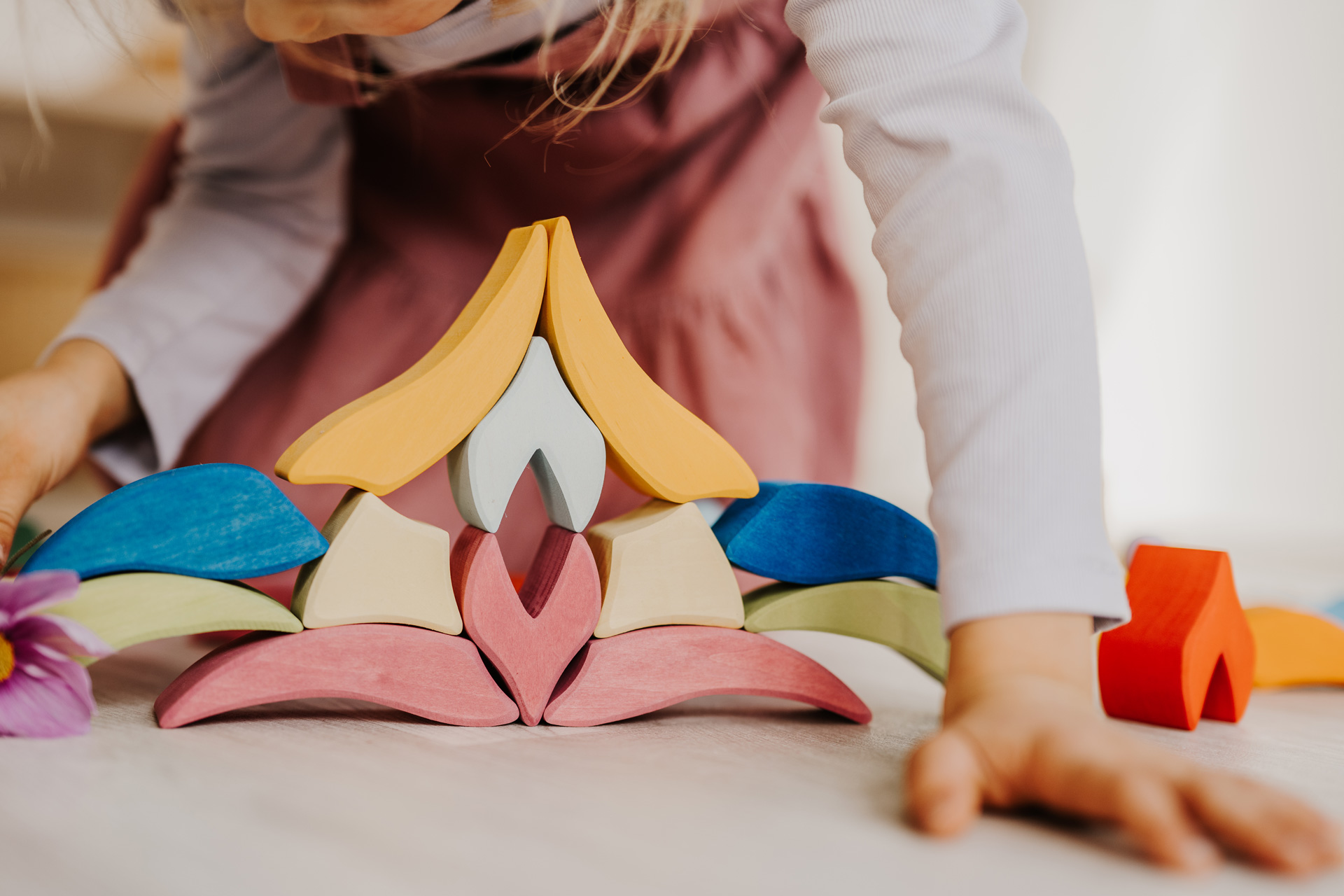
What is free play?
Children play of their own accord and as a matter of course. Anywhere and at any time. Free play is exactly the kind of play that works anywhere and at any time, because you basically don't need anything for it. Children's imaginations are boundless and they are capable of transforming anything. The child creates the game of its own accord, decides on the theme, material, course, possible play partners, location and duration itself. All of this arises from the situation. This is also referred to as open-ended play: playing without guidelines, without a goal, without an end.
Children don't just play games - they are in their game
Of course, free does not mean without limits, but self-determined within a certain framework. Free play is a very creative activity and often reflects the world in which the children live - they make it tangible for themselves.
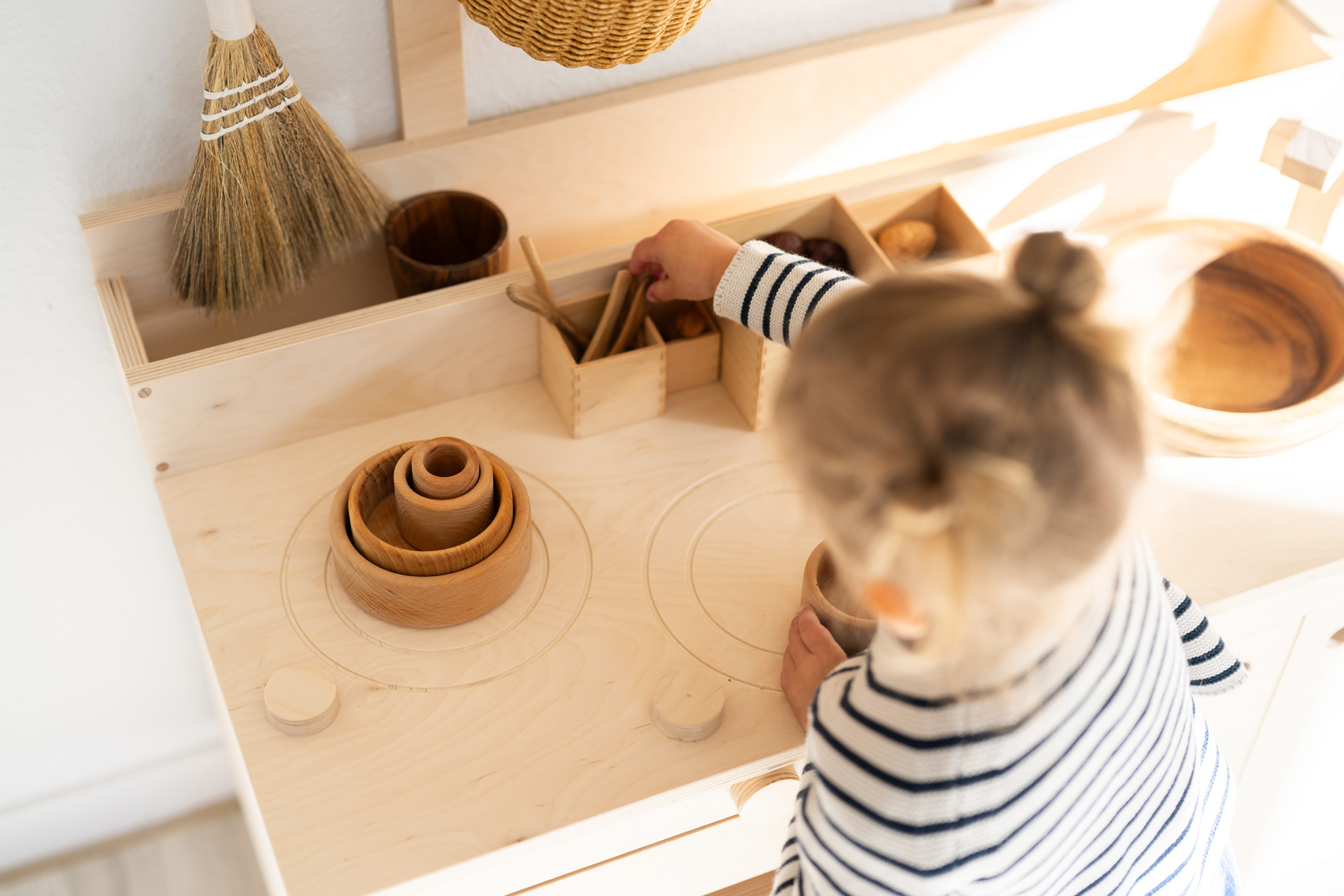
Children play from the moment they get up until they go to bed, or rather they do everything in a playful way: They don't run, they trot like wild horses, they balance over chasms full of lava and they wade through dangerous swamps. It is their world, because here they have a degree of control that they do not yet have in most other areas of their lives. Children don't just play their games, they are in their games.
What are the benefits of free play?
Free play is one of the three cornerstones of Montessori education and is essential for children's development, as it provides them with valuable life skills. Of course, children do not play with the aim of learning something; they are passionate about it because they are curious and can be enthusiastic about many things. The experiences they gain in this way and at their own pace cannot be taught in any other way, because learning through play is enormously efficient.
They need space for their own creative ideas and autonomous solutions in order to gain a healthy awareness of themselves, their own body, potential, effectiveness and social and emotional intelligence. Perceiving, understanding and regulating one's own needs and feelings are also important steps in personal development and essential for socio-cultural coexistence. It is particularly nice: In free play, all children speak the same language.
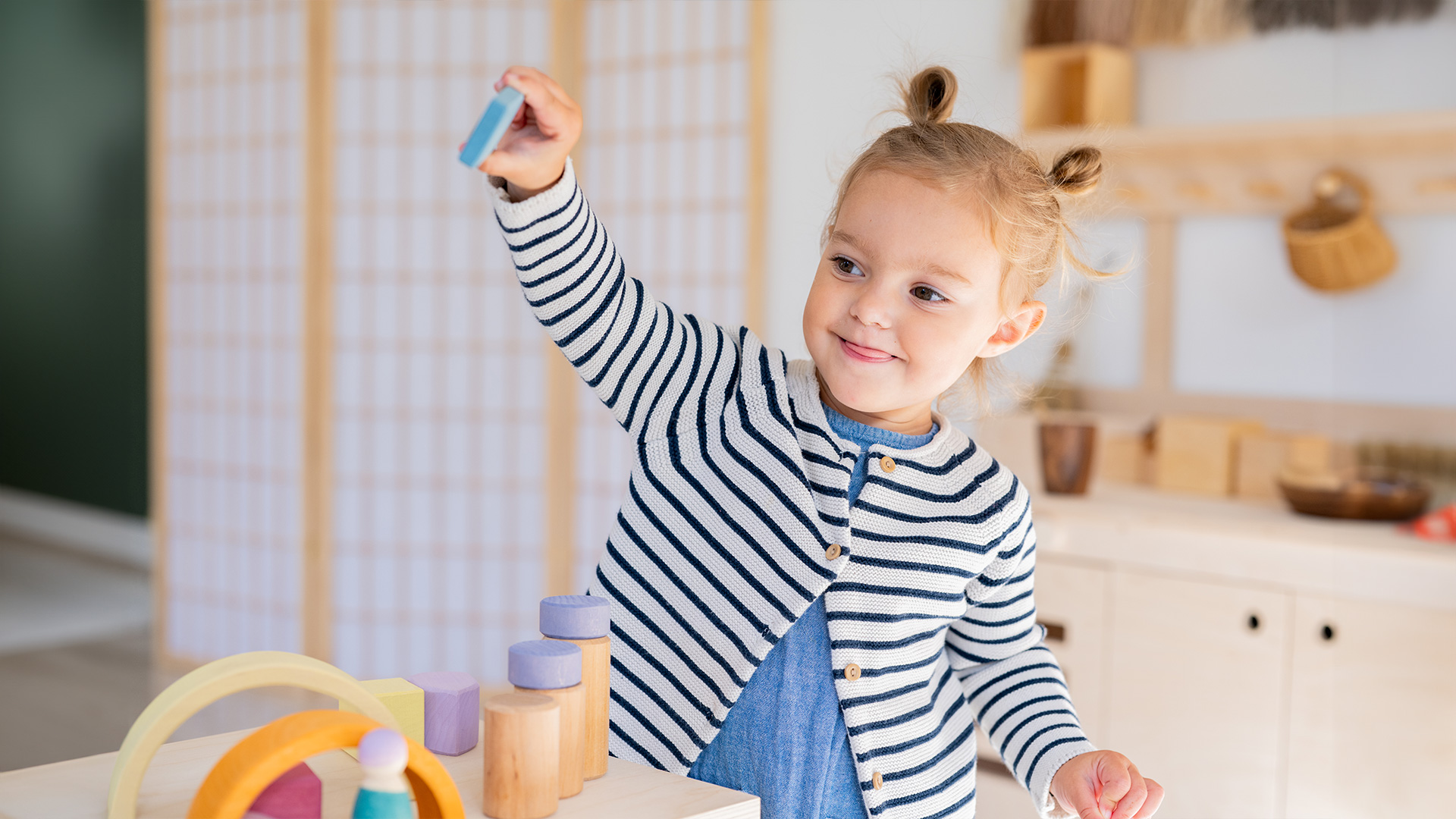
How can I enrich my child's free play? - 5 tips
For us at GRIMM'S, free play has been a matter close to our hearts for over 40 years because we are convinced that it is enormously important for healthy child development. In order to share our many years of experience with you, we have put together 5 practical tips that you can use to easily create the ideal conditions for free play:
#1 Space and time
Your child needs a safe space and regular time to play and develop freely. Don't pack too many pre-planned activities into your child's calendar, but consciously leave gaps that can be used freely at home or outside in the garden, for example. To make it suitable for everyday life, it makes sense to agree on a rough time frame in advance, for example until dinner, which should not be interrupted by any other appointments.
Nature is a wonderful playground
In addition to your own surroundings at home, it is particularly good to simply go out into the forest, a meadow or a stream and see what happens without any plans. Nature is a wonderful playground and it doesn't really need anything else for your child to find their way into play and immerse themselves in a fantastic world. Incidentally, this will also slow down your everyday life and you will all benefit when you return home with red cheeks and full of fresh energy.
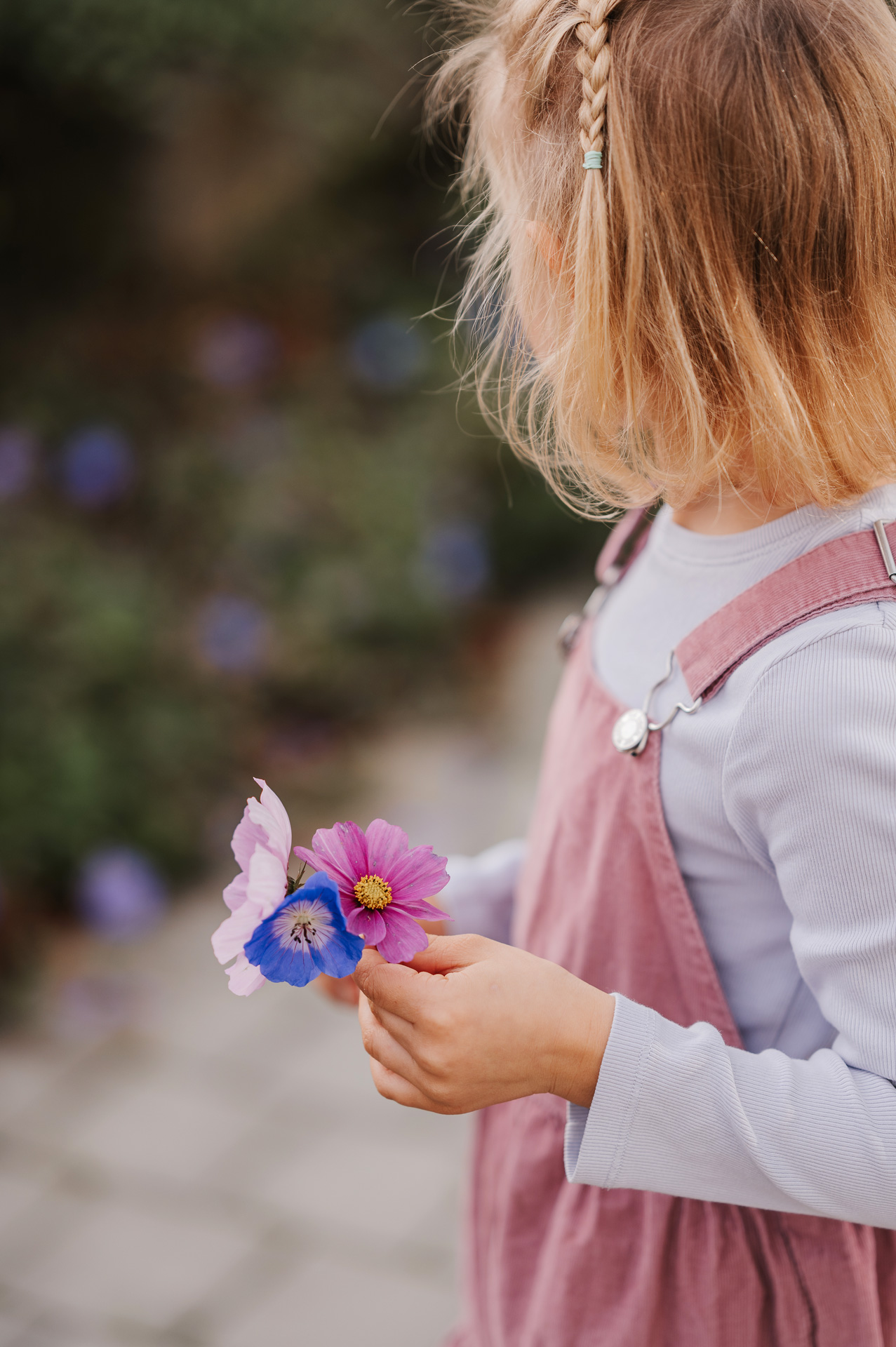
#2 Trust and security
Trust your child and just let them do it. This is a very important basis for your relationship. You may have to deny yourself the occasional no and put up with dirty pants. But do you remember how you loved experimenting with watercolors as a child, testing the depth of every puddle and collecting stones to bring home with pride? It's actually always worth it.
"I'm bored"
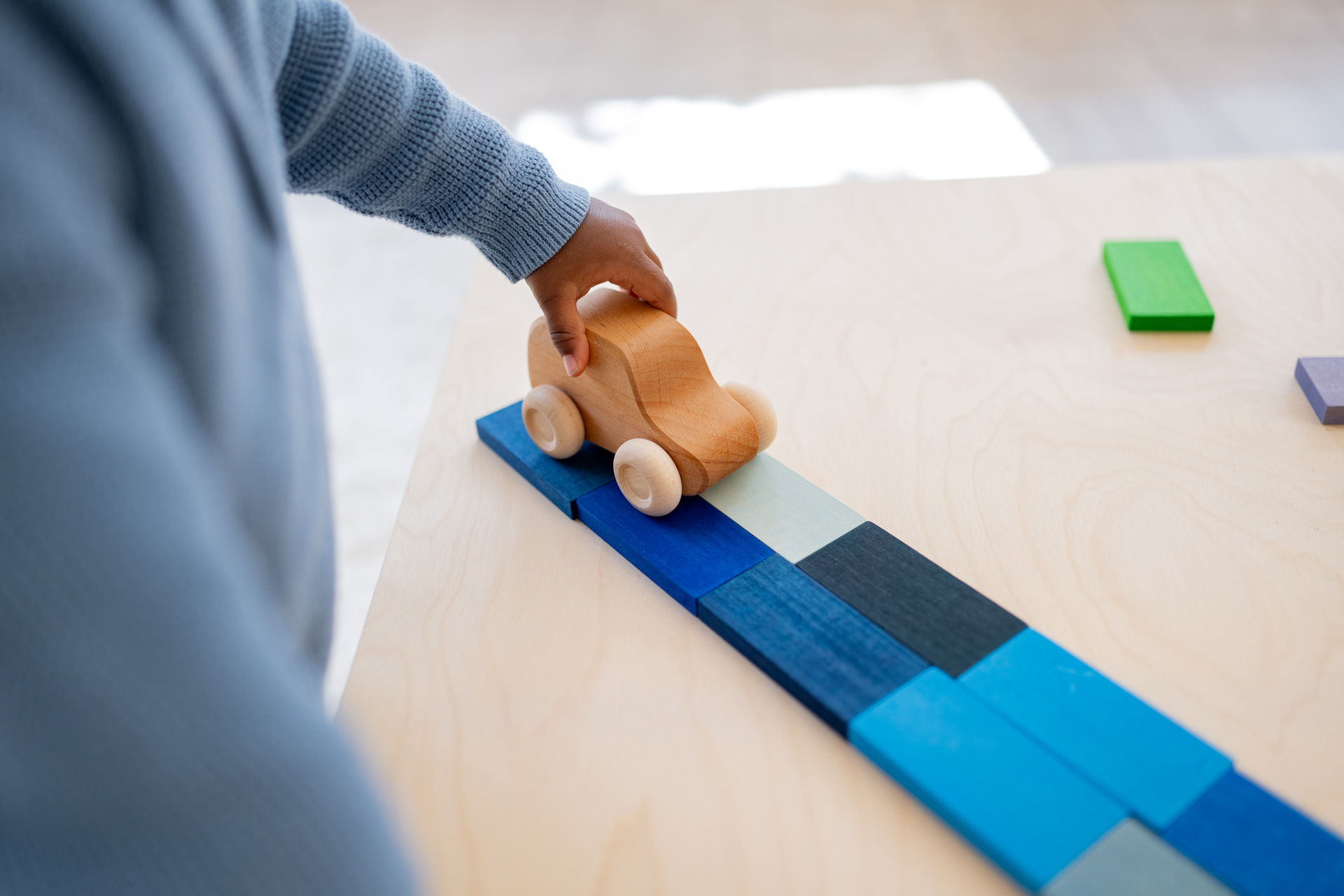
Even boredom is not a sign of a lack of creativity and can be tolerated. It often creates the space for creative ideas and their implementation. So you don't have to pull game ideas out of your fingers if your child comes around the corner with "I'm bored". On the contrary, first allow it and show understanding. It won't be long before your child has already immersed themselves in playing again. The decision about active and quiet play phases is also made by the child themselves according to their own feelings and both are completely ok - an important learning for life to recognize their own needs.
#3 Alone and together
Free play works in all conceivable constellations, but they should be of your child`s own choosing. Alone, with other children or with parents. The only important thing for adults is to remain authentic when playing and to get involved. In other words, don't mime the entertainers, but act as equal play partners at eye level.
Sometimes, however, the presence and proximity of a familiar person is enough to get the free play going and active involvement is not necessary at all. By observing carefully, you can easily recognize your child's individual needs and respond to them in the best possible way. And your child will also learn to change perspectives and be empathetic when playing together.
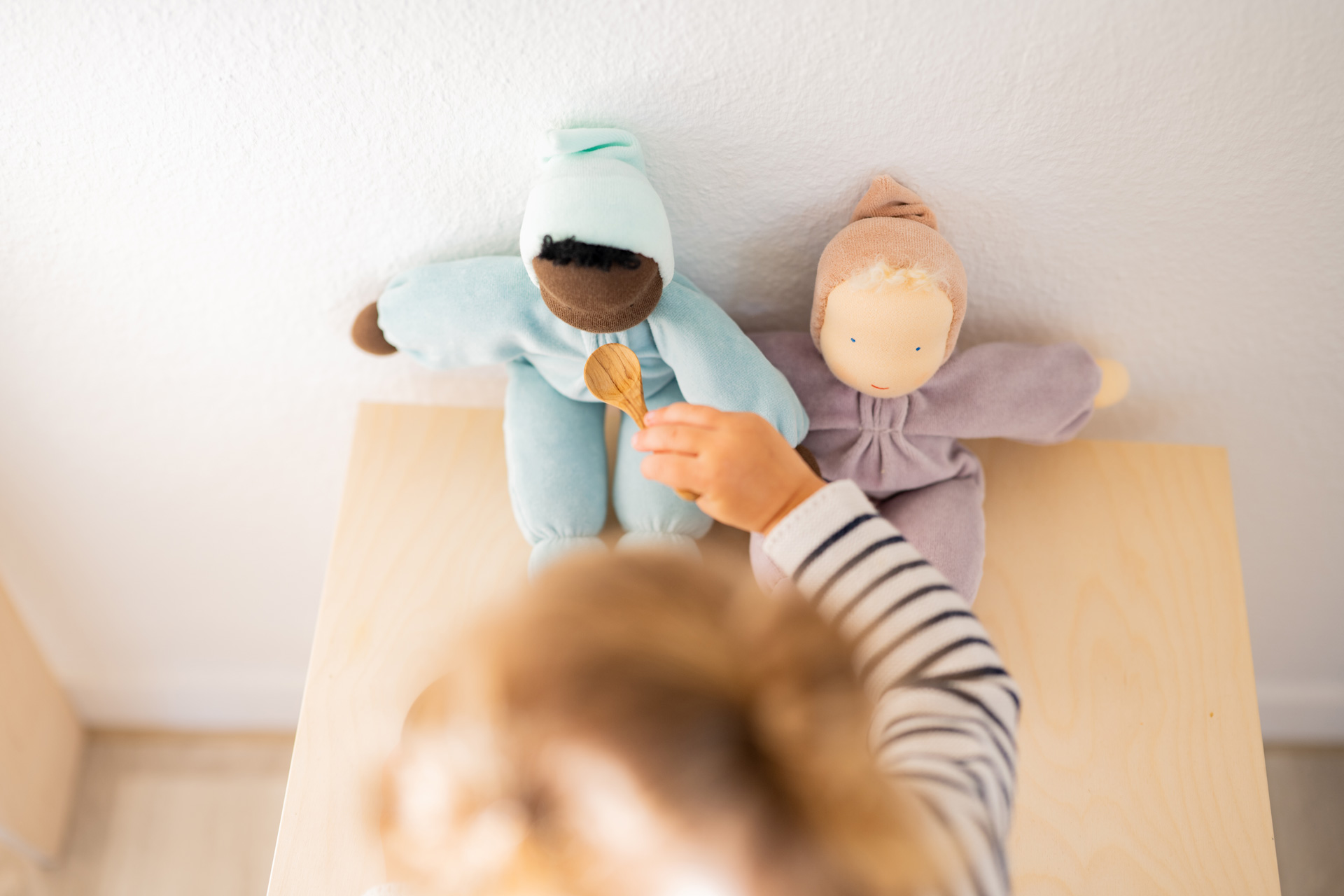
#4 Play material
Provide your child with play materials that are suitable for free play. You can recognize it by the fact that it is versatile and open-ended and requires no explanation or instructions. There is no right or wrong way to use it, so the imagination is particularly free and well stimulated.
With play materials such as building sets, where the building blocks are more or less neatly sorted for storage, we always recommend deconstructing them first, or to put it colloquially: first, tip everything out wildly! This way, the endless possibilities for use are accessible to your child without restriction.
Quality instead of quantity
Basically, a few selected items that are adapted to your child's stage of development are enough. It's better not to choose too many toys, but make sure they are of good quality and made of non-toxic materials and colours. Too many toys mean too many stimuli, which can quickly become overwhelming and inhibit the imagination.
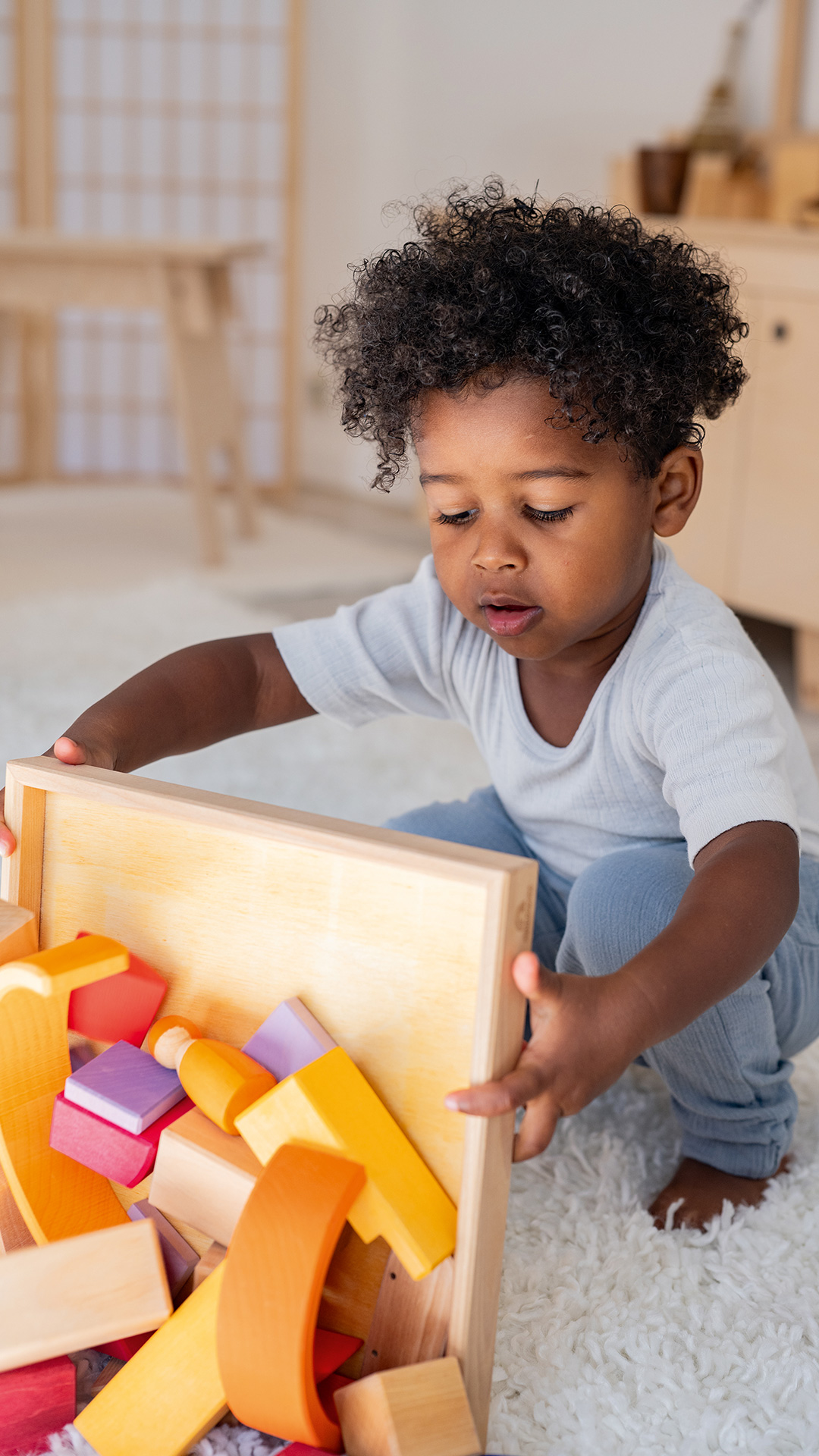
But many everyday objects are also very suitable for integrating into free play. It is often a few blankets, cushions and clothespins that are used to create the most amazing caves or large cardboard boxes that invite children to spend hours painting and playing in them. In the same way, bowls, pots, funnels, straws and corks are given a new lease of life in children's hands in no time at all. And your child is sure to have a use for old clothes, glasses, shoes and scarves and can slip into a variety of roles.
#5 Minimalism in the children's room
The nursery should be explorable for your child, but not restless: Interesting play material, but not too many stimuli; stimulating activities, but not too much input; aesthetically pleasing design, but not too much decoration.
Less is more
The motto for children's rooms is: less is more. It makes sense to start by looking at the nursery from your child's perspective. So go down to eye level and let it sink in first. This way, you can also test and perceive the places where your child spends time.

Allow your child to reach all their play materials themselves and without help, as this gives them self-determination and a certain freedom. It's also worth going through your child's room together from time to time to see what might no longer be age-appropriate or interesting.
Tidying up creates space for new ideas
To ensure that tidying up doesn't become a nightly ordeal, boxes and baskets can be used to store specific play materials. Of course, a child's room doesn't always have to be spotlessly tidy and play worlds that have been set up can sometimes be left out for longer. But you may have noticed that your child is much more motivated to start a game if the whole floor isn't full of other stuff, but there are quiet and free areas that offer space for new play ideas.

As far as materials and colours are concerned, we always recommend paying attention to their naturalness. High-quality materials are not only more beautiful and feel better, but are also generally more durable and therefore more sustainable. For particularly young children, we also tend to recommend calm colours, such as warm white tones, earth tones and natural wood, to keep the stimuli to a minimum. Of course, your child's favorite colours can also move in later and your child's individual needs and interests can serve as a guide for the room design.
Simple but valuable
So free play is basically the most natural thing in the world for children and enriching it is not rocket science for parents. On the contrary, it is actually very simple and yet so valuable. As an adult, all you need to do is provide your child with a sense of security and design their environment in such a way that they can be active and develop through play. And off you go!
We hope we have been able to give you a few practical tips on how to integrate free play into your and your children's everyday lives.
Please tell us whether the tips are helpful for you and whether you have already implemented any of them in your home? We are curious!

